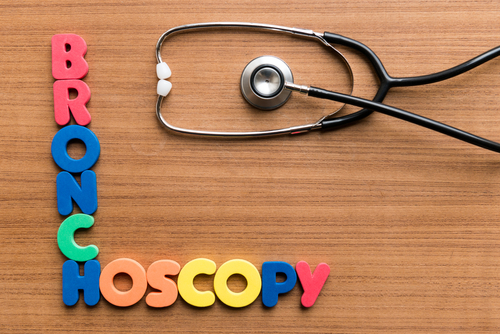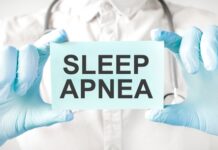A multicenter prospective study found that clinicians have been able to safely and effectively target small and peripheral lung lesions with robotic-assisted bronchoscopy. The authors reported good diagnostic yield in various scenarios at multiple institutions. They presented their results at the CHEST Annual Meeting in Boston, Massachusetts.
“Robotic-assisted bronchoscopy has gained wide adoption for the diagnosis of peripheral lung lesions. However, evidence from large, multicenter studies remains limited,” the authors, led by Septimiu Murgu, wrote.
The researchers, therefore, aimed to evaluate the safety and diagnostic efficacy of the MONARCH™ Platform (Auris Health, Inc.) in various clinical settings and patient populations. They enrolled 679 patients with 8–50 mm lung lesions who received robotic-assisted bronchoscopy at 21 sites in the United States and Hong Kong. The patients had a mean age of 68.7 years and were 55.4% female and 86.5% White. In addition, 77.5% were current or past tobacco users, 42.2% had underlying obstructive lung disease, and 13.1% had previous lung cancer.
The study followed the patients for at least 12 months to track device- or procedure-related adverse events, such as pneumothorax requiring intervention, bleeding requiring intervention, and respiratory failure. The researchers also documented navigation success, procedure time, confirmation with radial probe endobronchial ultrasound (R-EBUS), and diagnostic yield. Independent reviewers categorized lesions as malignant, specific benign, non-specific benign, or non-diagnostic.
Median lesion size was 18.5 mm (interquartile range [IQR], 13.5–26.5 mm), and median distance from pleural surface was 5 mm (IQR, 0–16 mm). Most lesions were solid (86.6%) and located in the outer two-thirds of the lung (87.5%). A slight majority had bronchus sign on imaging (59.9%). Only 26 patients (3.8%) experienced adverse events (19 pneumothorax, seven bleeding, and zero respiratory failure).
R-EBUS confirmed lesion localization in 93.6% of solid nodules and 78.3% of subsolid nodules. Fourteen subjects (2.1%) underwent a salvage procedure. Cancer occurred in 65.7% of the patients by the time of 12-month follow-up, and sensitivity for malignancy was 81.8%.
Finally, diagnostic yield was 63.8%.
“Diagnostic yield was robust across a range of definitions and methodologies, highlighting the applicability of robotic-assisted bronchoscopy across diverse patient populations at academic and community centers,” the authors concluded.
Reference
Murgu SD, Sterman DH, Chen A,et al. A prospective, multicenter evaluation of safety and diagnostic outcomes with robotic-assisted bronchoscopy: results from the Target trial. Presented at the CHEST Annual Meeting; October 6-9, 2024; Boston, Massachusetts.





